Alessandro Previti
On Generating Monolithic and Model Reconciling Explanations in Probabilistic Scenarios
May 29, 2024
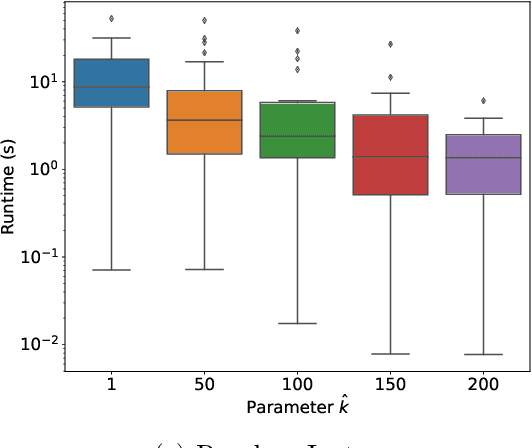

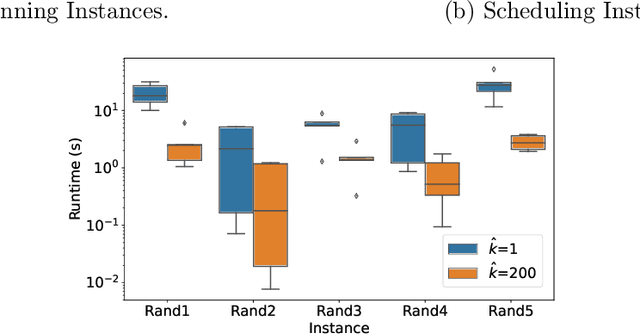
Abstract:Explanation generation frameworks aim to make AI systems' decisions transparent and understandable to human users. However, generating explanations in uncertain environments characterized by incomplete information and probabilistic models remains a significant challenge. In this paper, we propose a novel framework for generating probabilistic monolithic explanations and model reconciling explanations. Monolithic explanations provide self-contained reasons for an explanandum without considering the agent receiving the explanation, while model reconciling explanations account for the knowledge of the agent receiving the explanation. For monolithic explanations, our approach integrates uncertainty by utilizing probabilistic logic to increase the probability of the explanandum. For model reconciling explanations, we propose a framework that extends the logic-based variant of the model reconciliation problem to account for probabilistic human models, where the goal is to find explanations that increase the probability of the explanandum while minimizing conflicts between the explanation and the probabilistic human model. We introduce explanatory gain and explanatory power as quantitative metrics to assess the quality of these explanations. Further, we present algorithms that exploit the duality between minimal correction sets and minimal unsatisfiable sets to efficiently compute both types of explanations in probabilistic contexts. Extensive experimental evaluations on various benchmarks demonstrate the effectiveness and scalability of our approach in generating explanations under uncertainty.
On Exploiting Hitting Sets for Model Reconciliation
Dec 16, 2020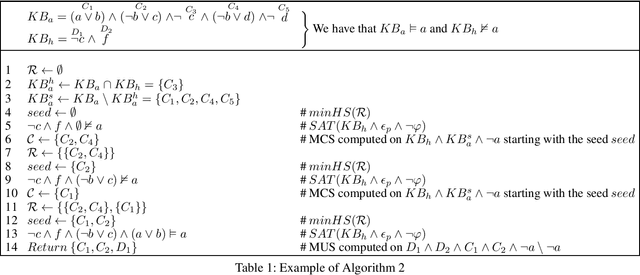

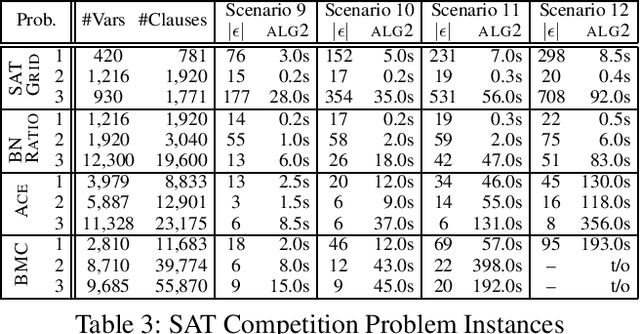
Abstract:In human-aware planning, a planning agent may need to provide an explanation to a human user on why its plan is optimal. A popular approach to do this is called model reconciliation, where the agent tries to reconcile the differences in its model and the human's model such that the plan is also optimal in the human's model. In this paper, we present a logic-based framework for model reconciliation that extends beyond the realm of planning. More specifically, given a knowledge base $KB_1$ entailing a formula $\varphi$ and a second knowledge base $KB_2$ not entailing it, model reconciliation seeks an explanation, in the form of a cardinality-minimal subset of $KB_1$, whose integration into $KB_2$ makes the entailment possible. Our approach, based on ideas originating in the context of analysis of inconsistencies, exploits the existing hitting set duality between minimal correction sets (MCSes) and minimal unsatisfiable sets (MUSes) in order to identify an appropriate explanation. However, differently from those works targeting inconsistent formulas, which assume a single knowledge base, MCSes and MUSes are computed over two distinct knowledge bases. We conclude our paper with an empirical evaluation of the newly introduced approach on planning instances, where we show how it outperforms an existing state-of-the-art solver, and generic non-planning instances from recent SAT competitions, for which no other solver exists.
Machine Reasoning Explainability
Sep 01, 2020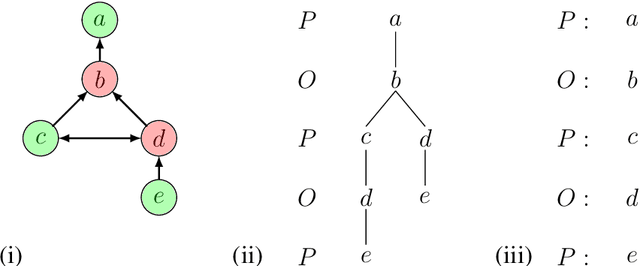
Abstract:As a field of AI, Machine Reasoning (MR) uses largely symbolic means to formalize and emulate abstract reasoning. Studies in early MR have notably started inquiries into Explainable AI (XAI) -- arguably one of the biggest concerns today for the AI community. Work on explainable MR as well as on MR approaches to explainability in other areas of AI has continued ever since. It is especially potent in modern MR branches, such as argumentation, constraint and logic programming, planning. We hereby aim to provide a selective overview of MR explainability techniques and studies in hopes that insights from this long track of research will complement well the current XAI landscape. This document reports our work in-progress on MR explainability.
 Add to Chrome
Add to Chrome Add to Firefox
Add to Firefox Add to Edge
Add to Edge